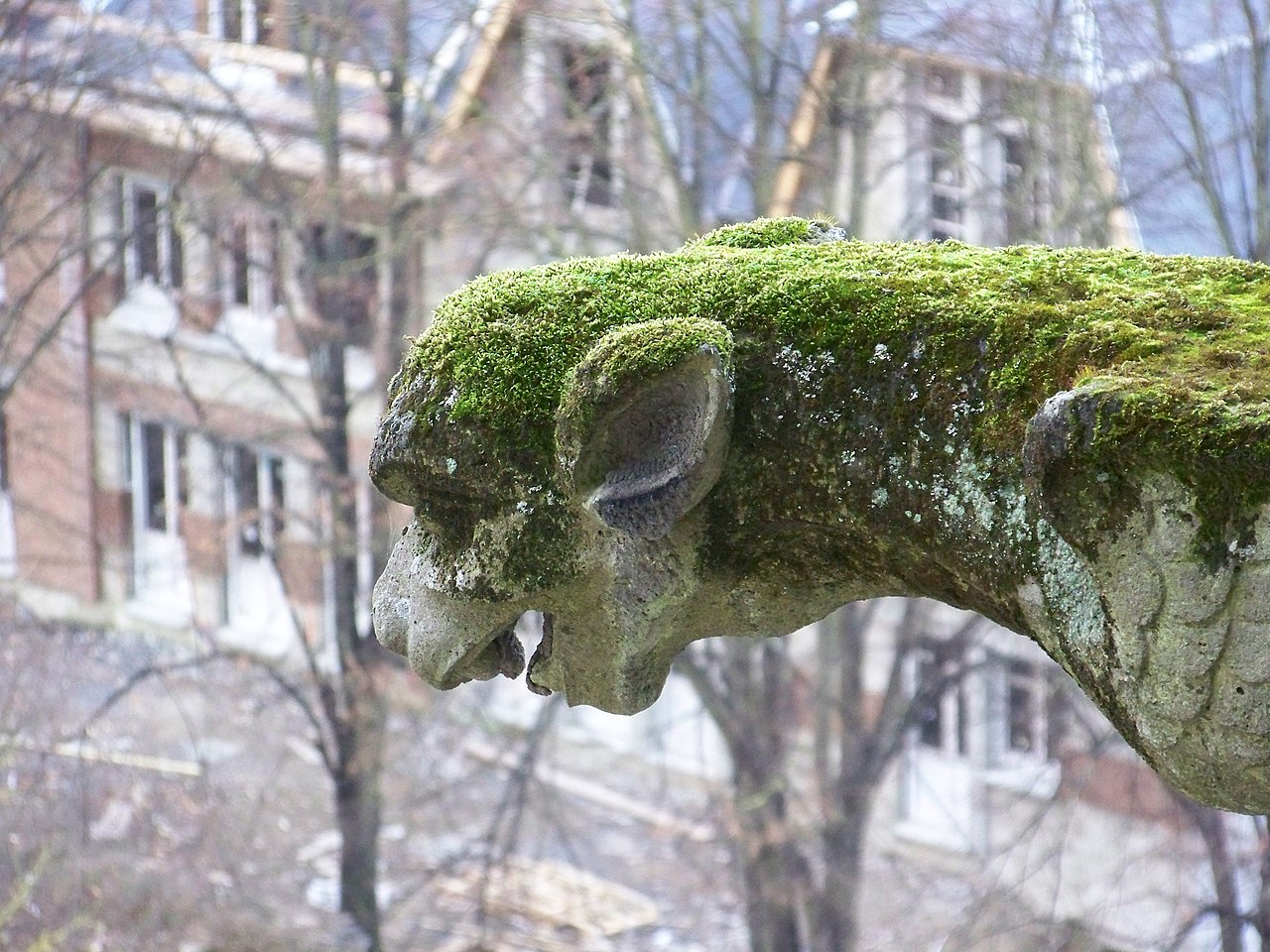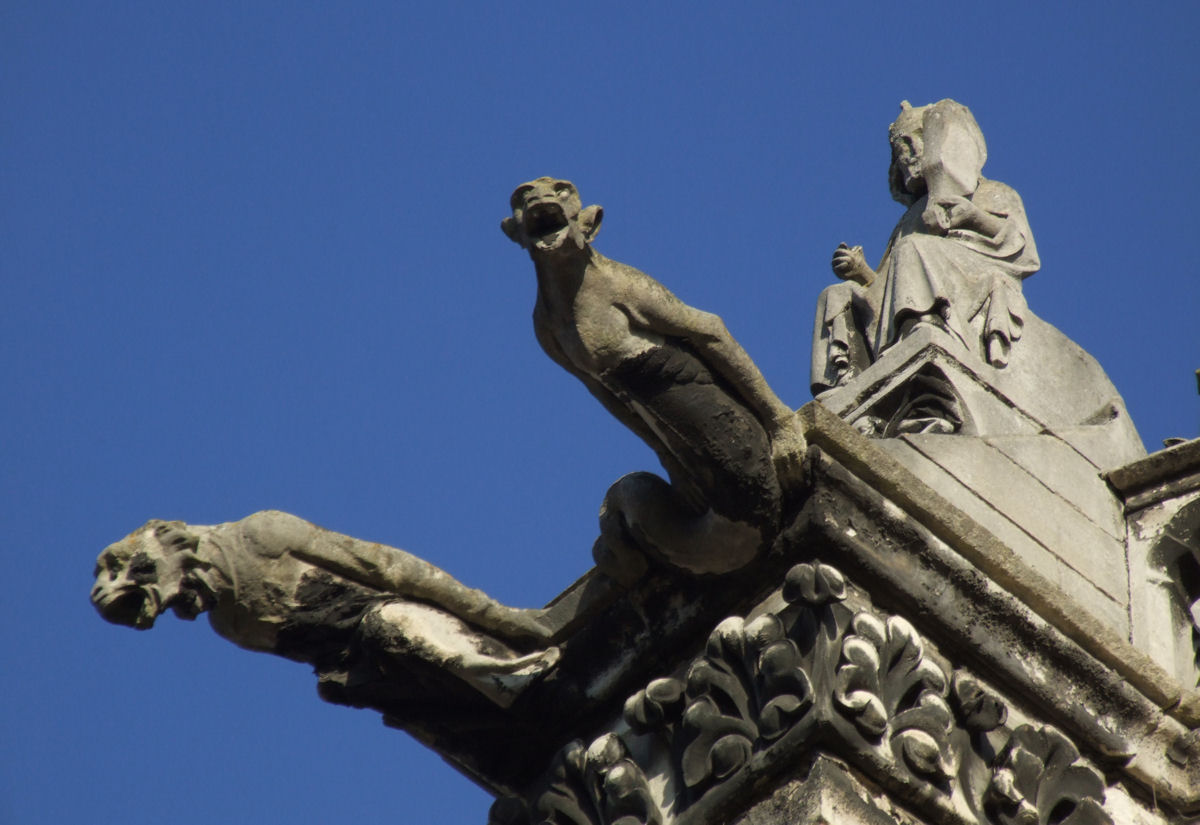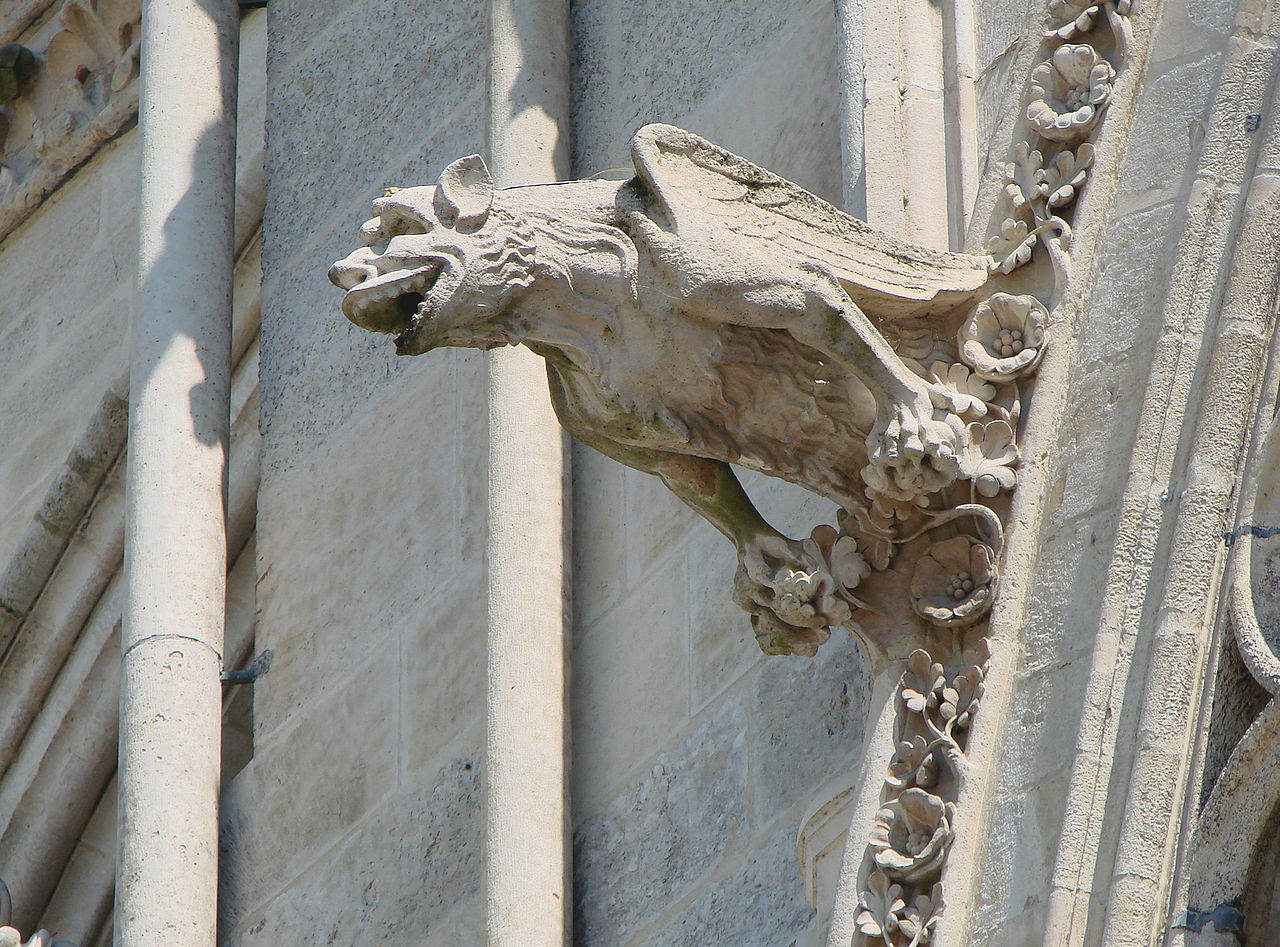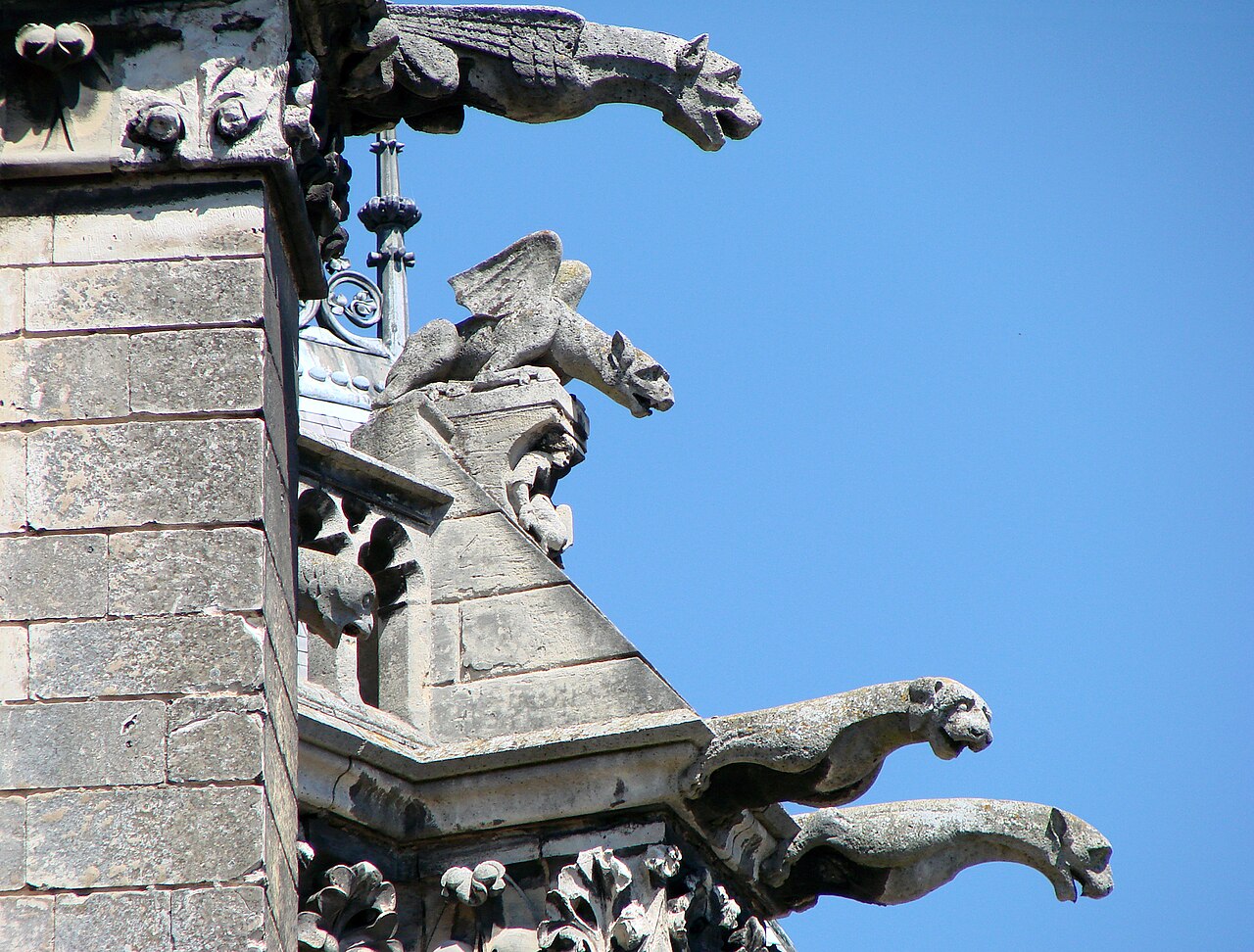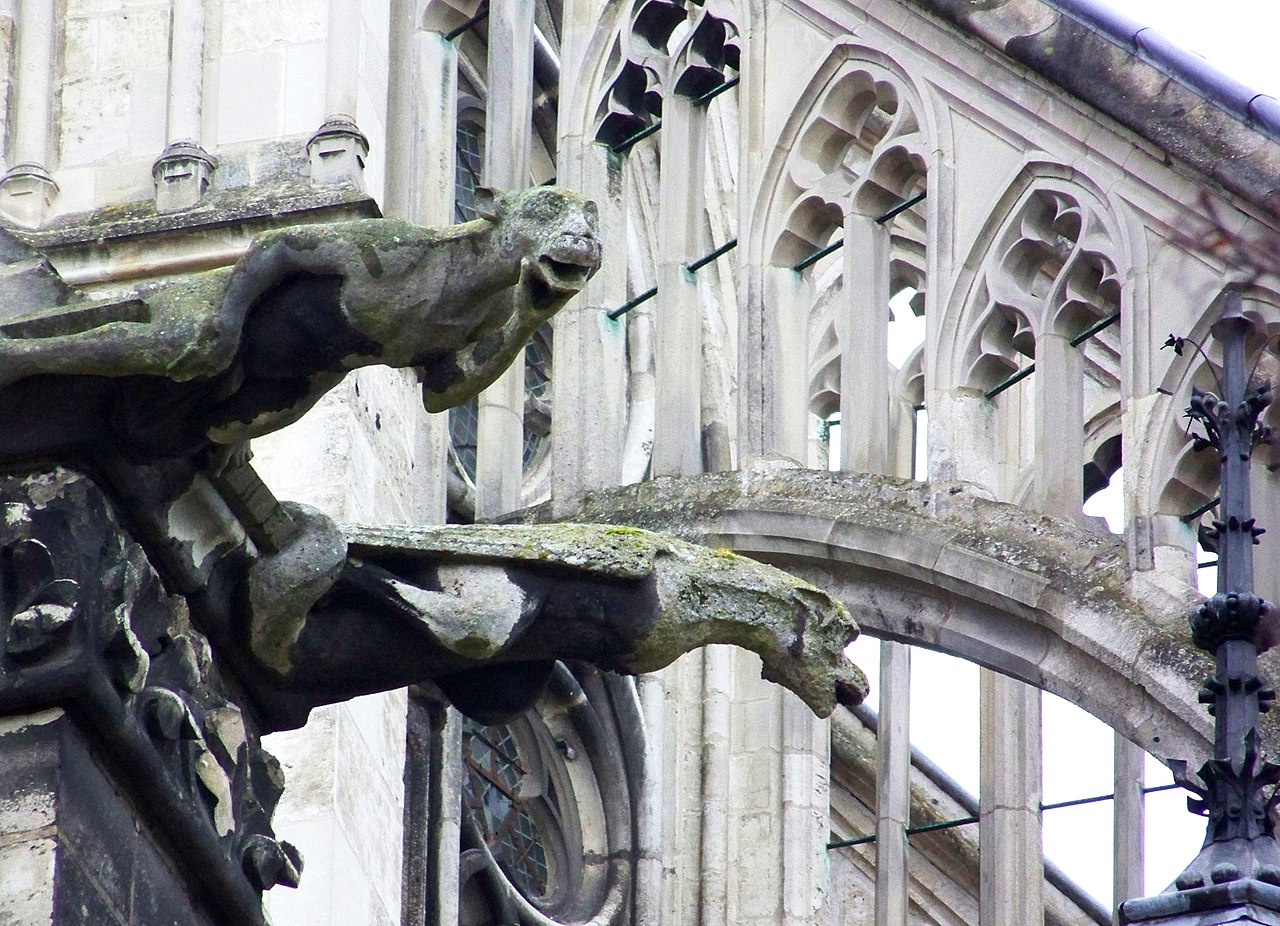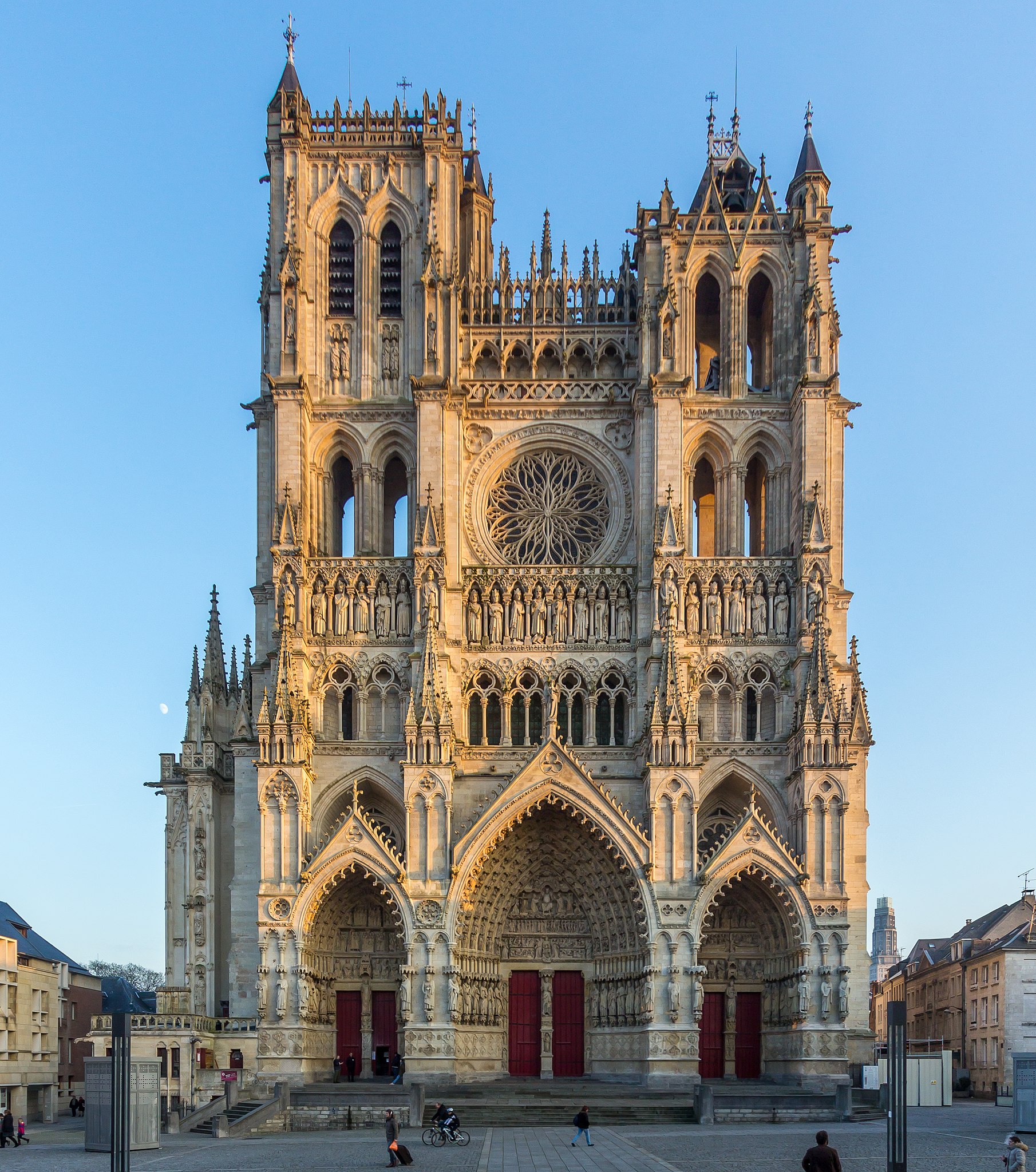
The Notre-Dame d’Amiens Cathedral, also known as Amiens Cathedral, is a Roman Catholic cathedral located in Amiens, France. It is renowned for being the largest Gothic cathedral in France, both in terms of interior volume and overall size. Here are some key points about the cathedral:
- Construction: The cathedral’s construction began in 1220 and was largely completed by 1270. It was built to replace an older church that was destroyed by fire.
- Architects: The main architects involved were Robert de Luzarches, Thomas de Cormont, and his son Renaud de Cormont.
- Purpose: It was built to house a relic of John the Baptist’s head, which brought many pilgrims and increased the city’s prominence.
- Gothic Style: Amiens Cathedral is a prime example of High Gothic architecture, characterized by its pointed arches, ribbed vaults, and flying buttresses.
- Size: The cathedral is 145 meters long, and its nave reaches a height of 42.3 meters. The width of the nave is 14.6 meters.
- Facade: The west facade is particularly famous for its intricate sculptures and three large portals adorned with biblical scenes and figures of saints.
- Interior: The interior is vast and airy, with large windows filled with stained glass, including a magnificent rose window. The choir and ambulatory are richly decorated with sculptures and carvings.
- UNESCO World Heritage Site: Amiens Cathedral was designated a UNESCO World Heritage site in 1981.
- Preservation: It has undergone various restorations over the centuries, particularly in the 19th century under the direction of Eugène Viollet-le-Duc.
- Events: The cathedral has been a site for numerous historical events, including royal ceremonies and significant religious processions.
- The Beau Dieu: A famous statue of Christ on the central portal, symbolizing Christ’s teaching and judgment.
- The Golden Virgin: A 13th-century statue of the Virgin Mary, known for its elegance and beauty.
- Tourism: Today, the cathedral remains an active place of worship and a major tourist attraction. Visitors come to admire its architectural splendor and historical significance.
- Light Show: A modern addition is the “Chroma” light show, which illuminates the cathedral’s facade with vibrant colors, recreating how it might have looked in the medieval period.
Historical Background
Architectural Features
Cultural and Historical Significance
Notable Art and Sculptures
Modern Day
Outside view of the choir
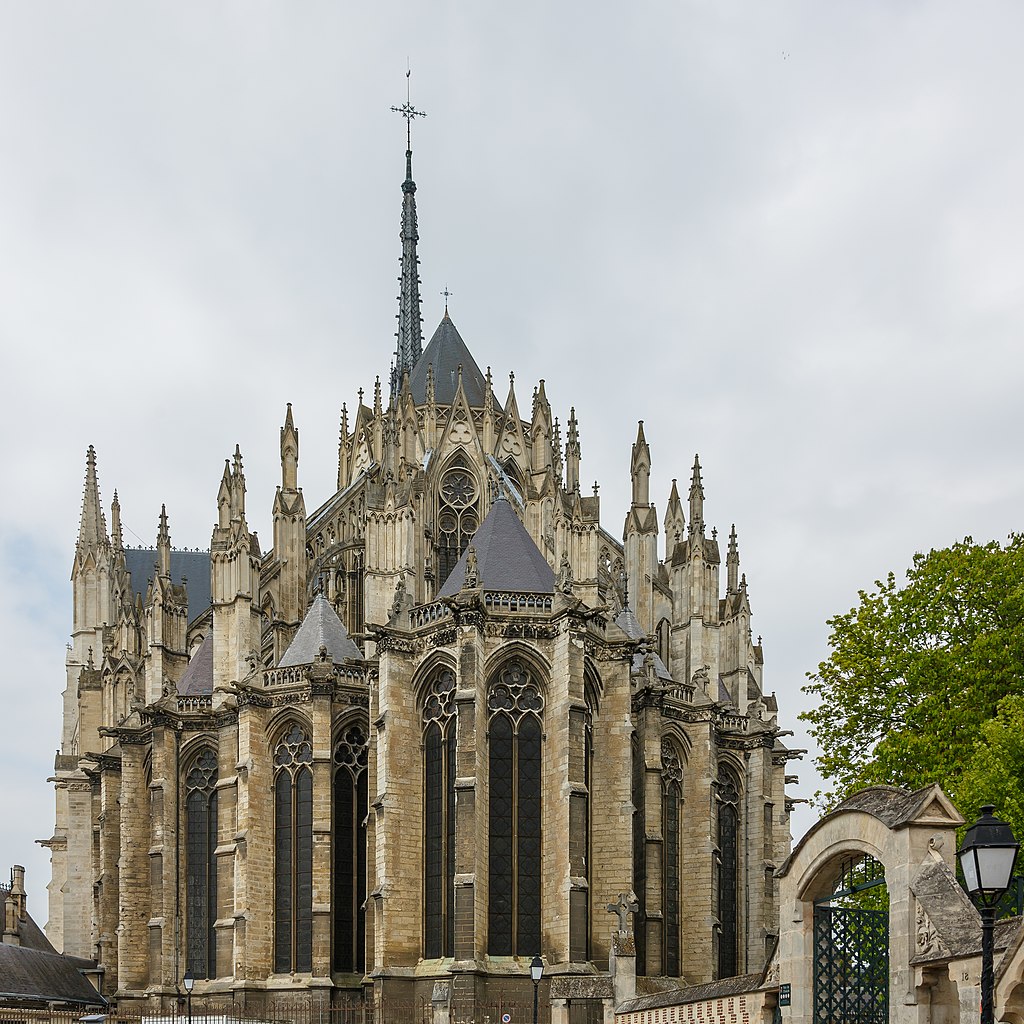
Portal
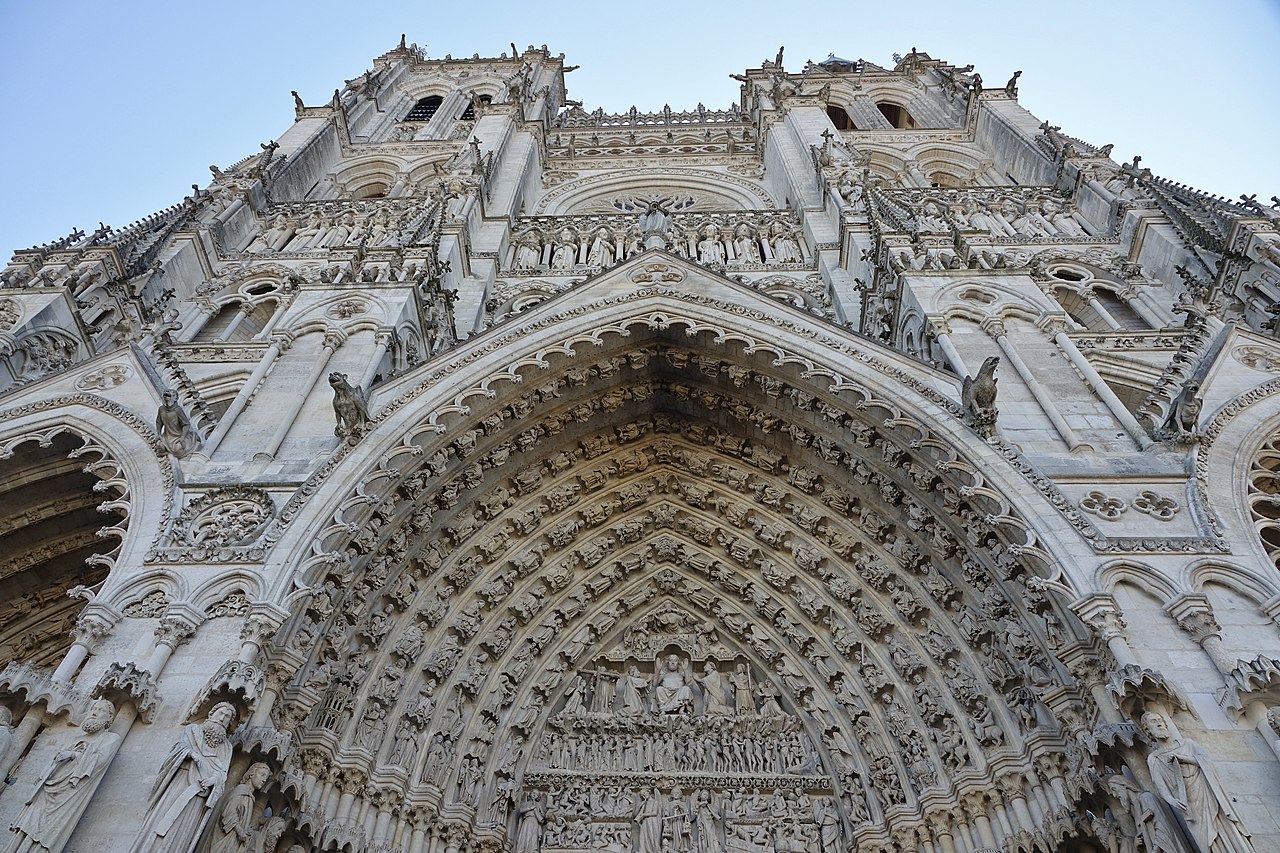
Facade detail
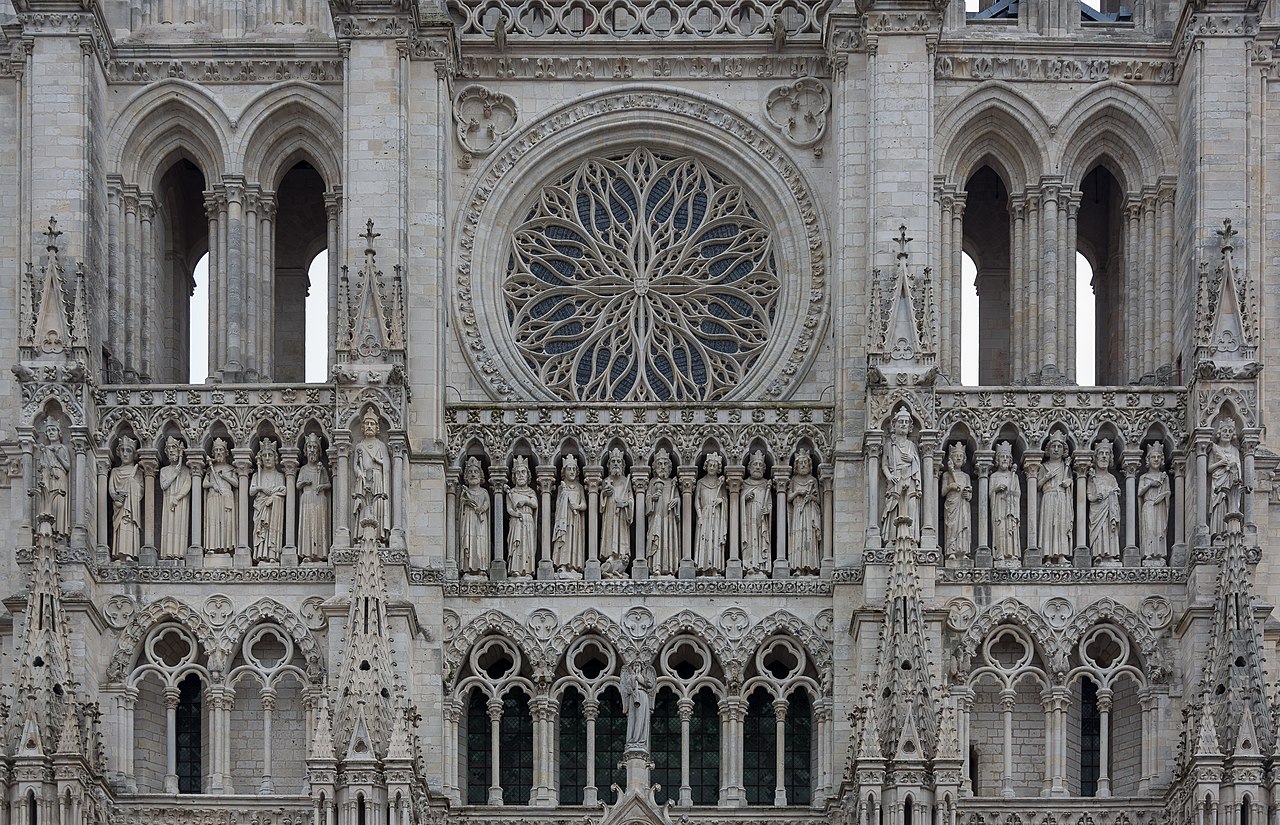
Facade detail showing the middle group of sculptures under the rose window
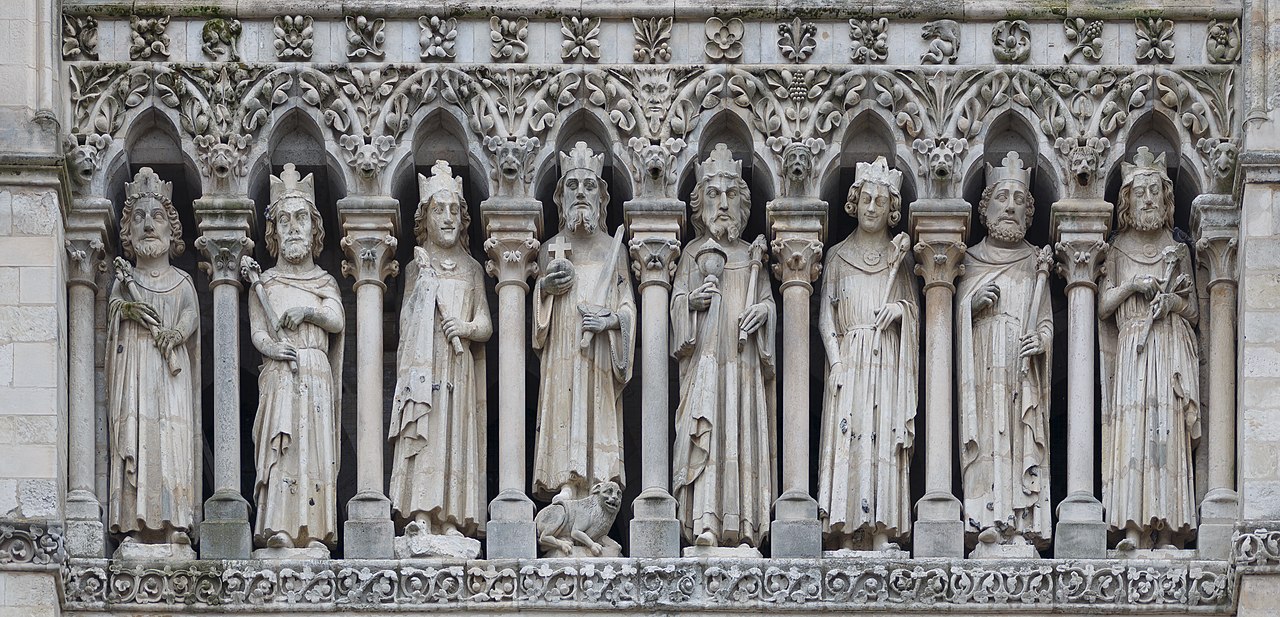
Facade detail
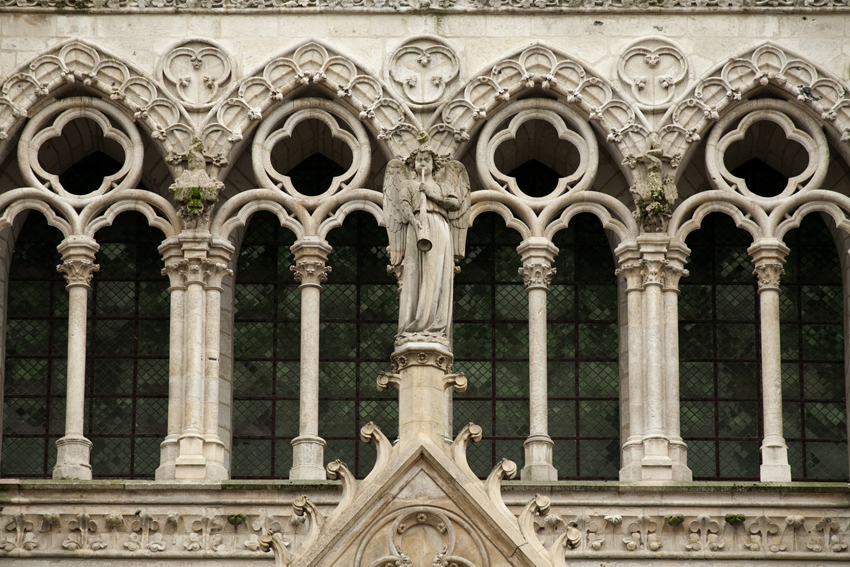
Rose Window
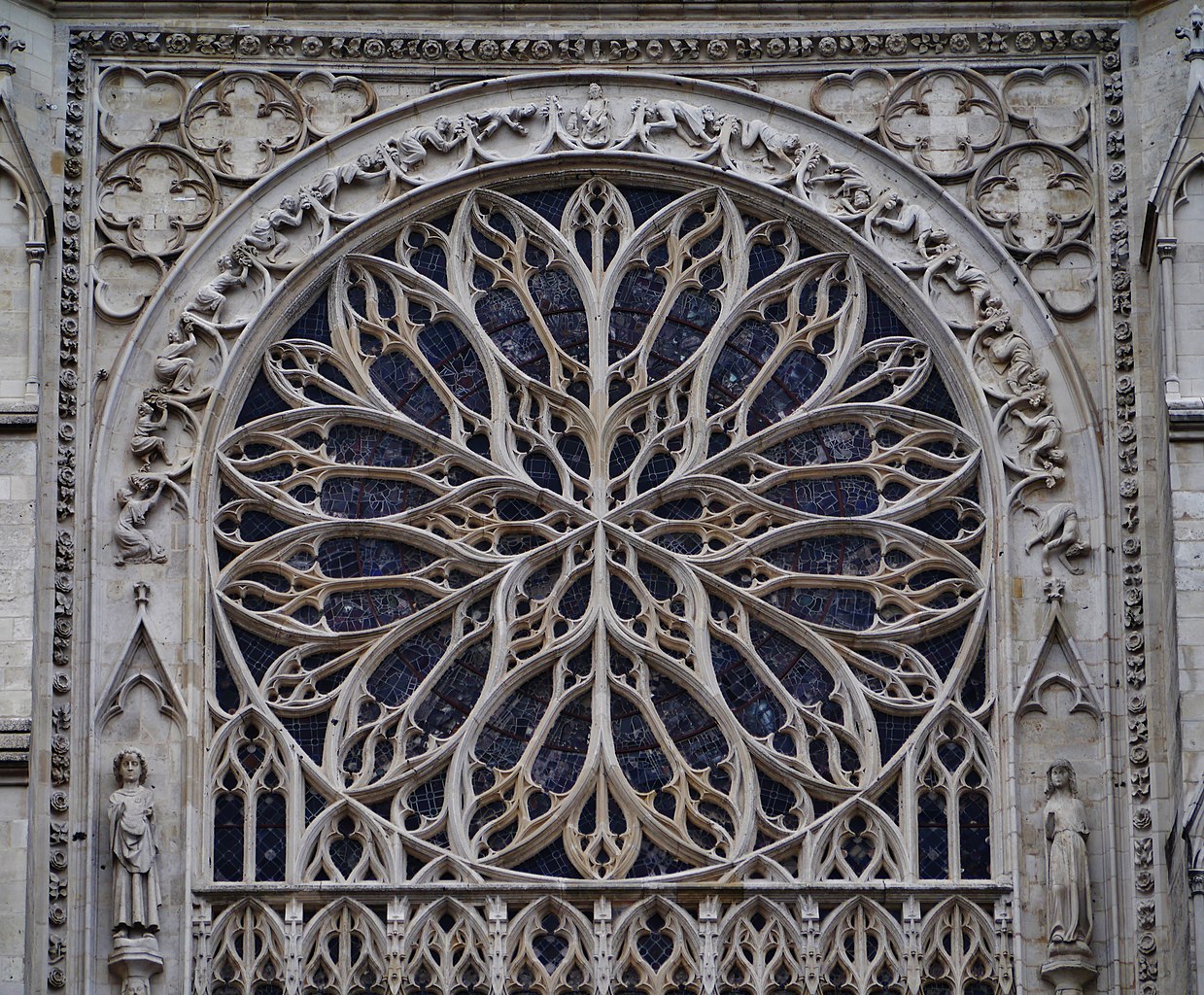
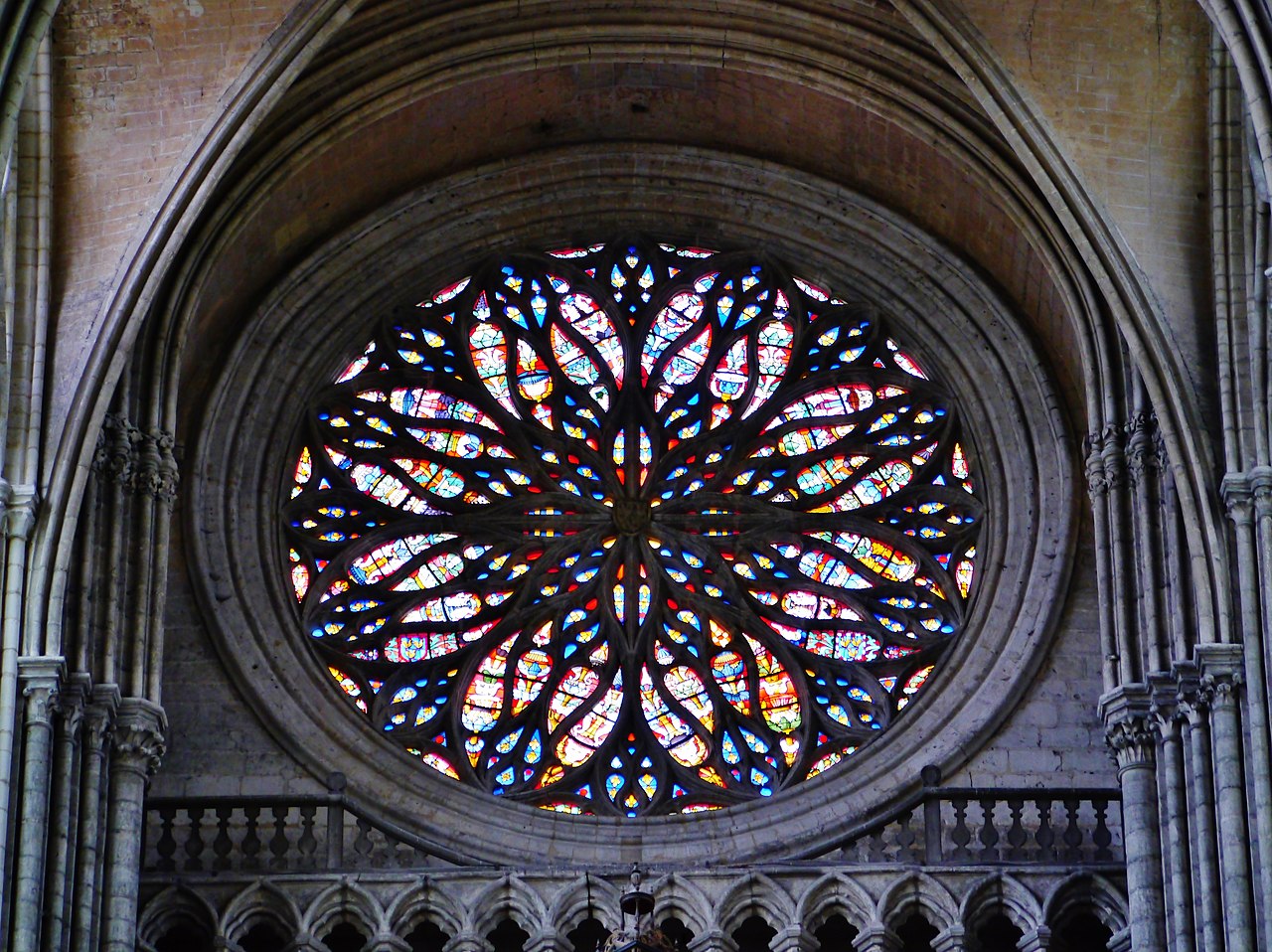
The prophets and apostles to the left of the main entrance
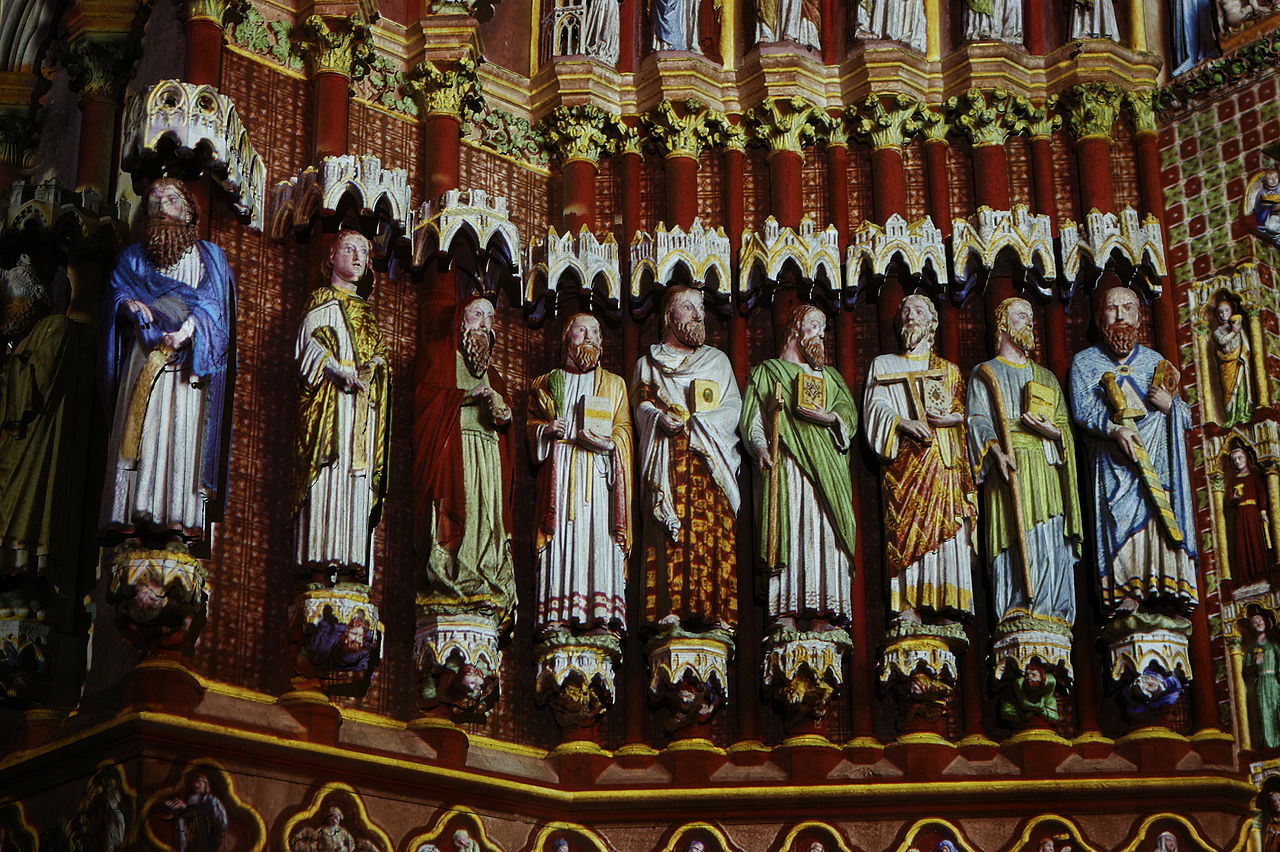
Sacred-Hear Chapel – Stained glass by Jean Gaudin & J. Lebreton
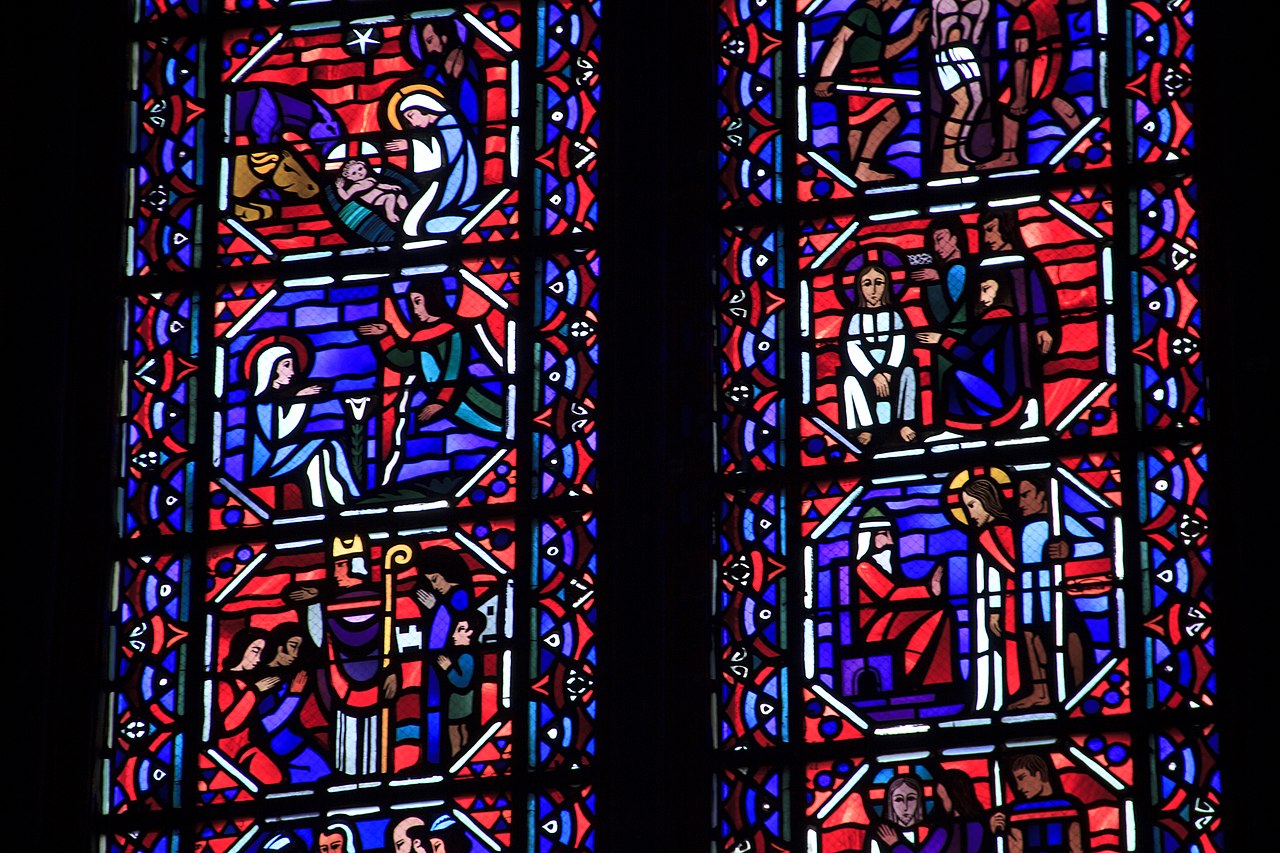
Flying buttresses from the aisle roof
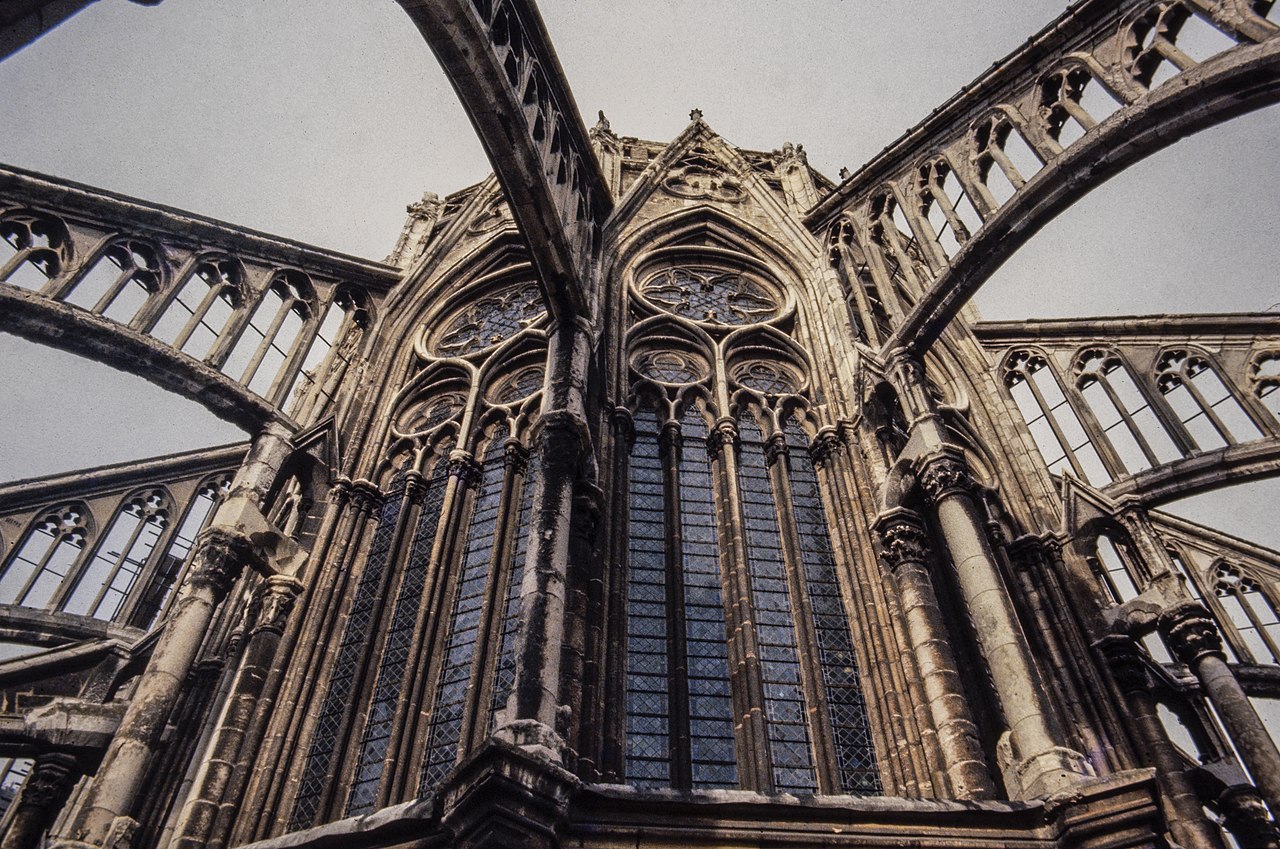
The ambulatory
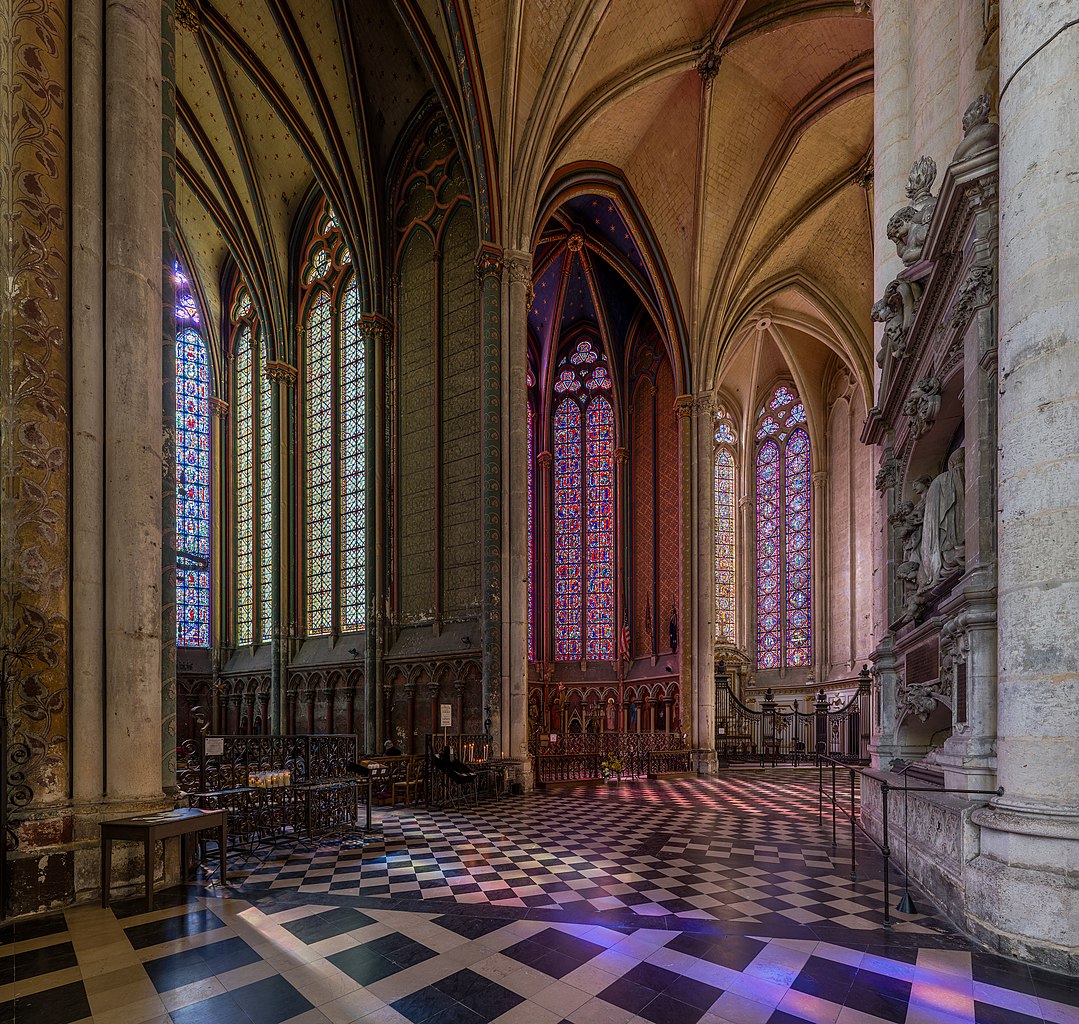
Ceiling
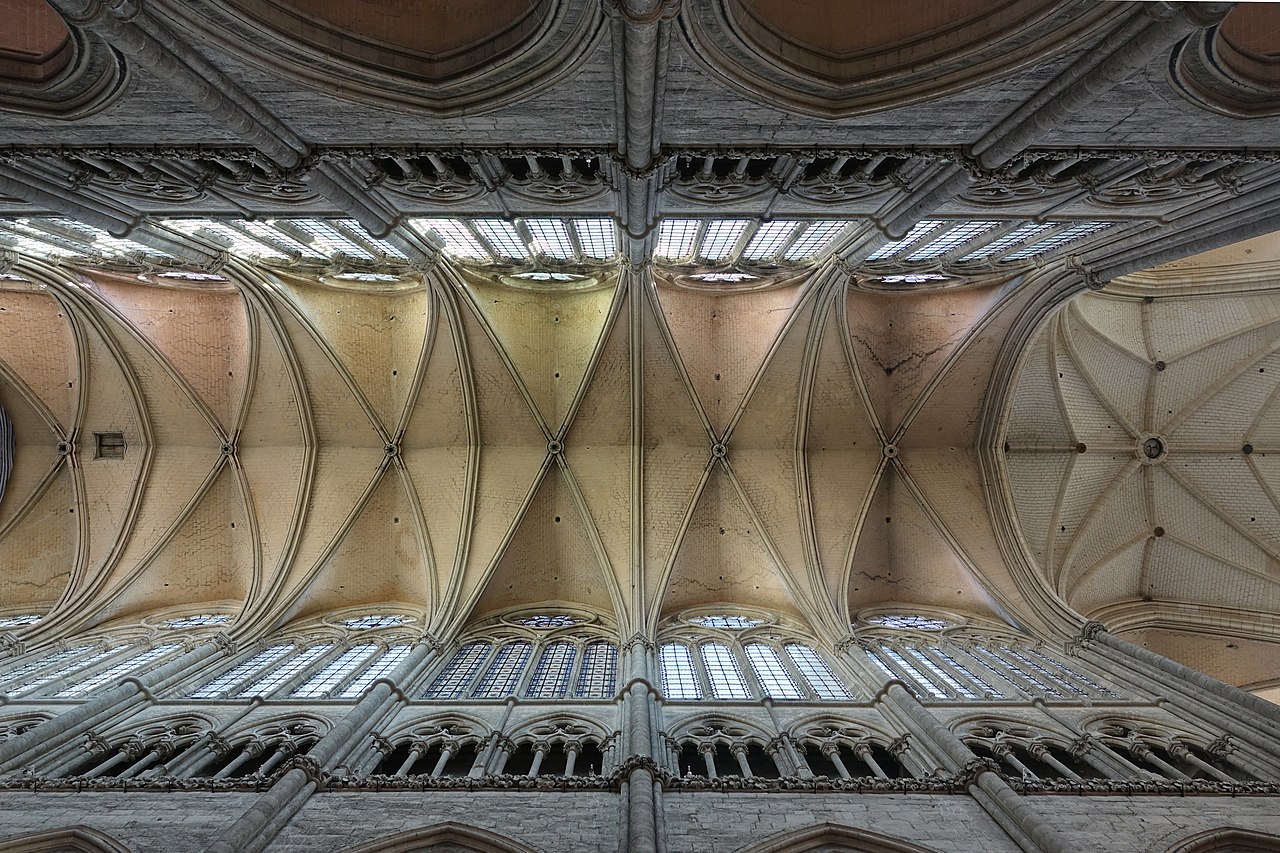
Gargoyles
